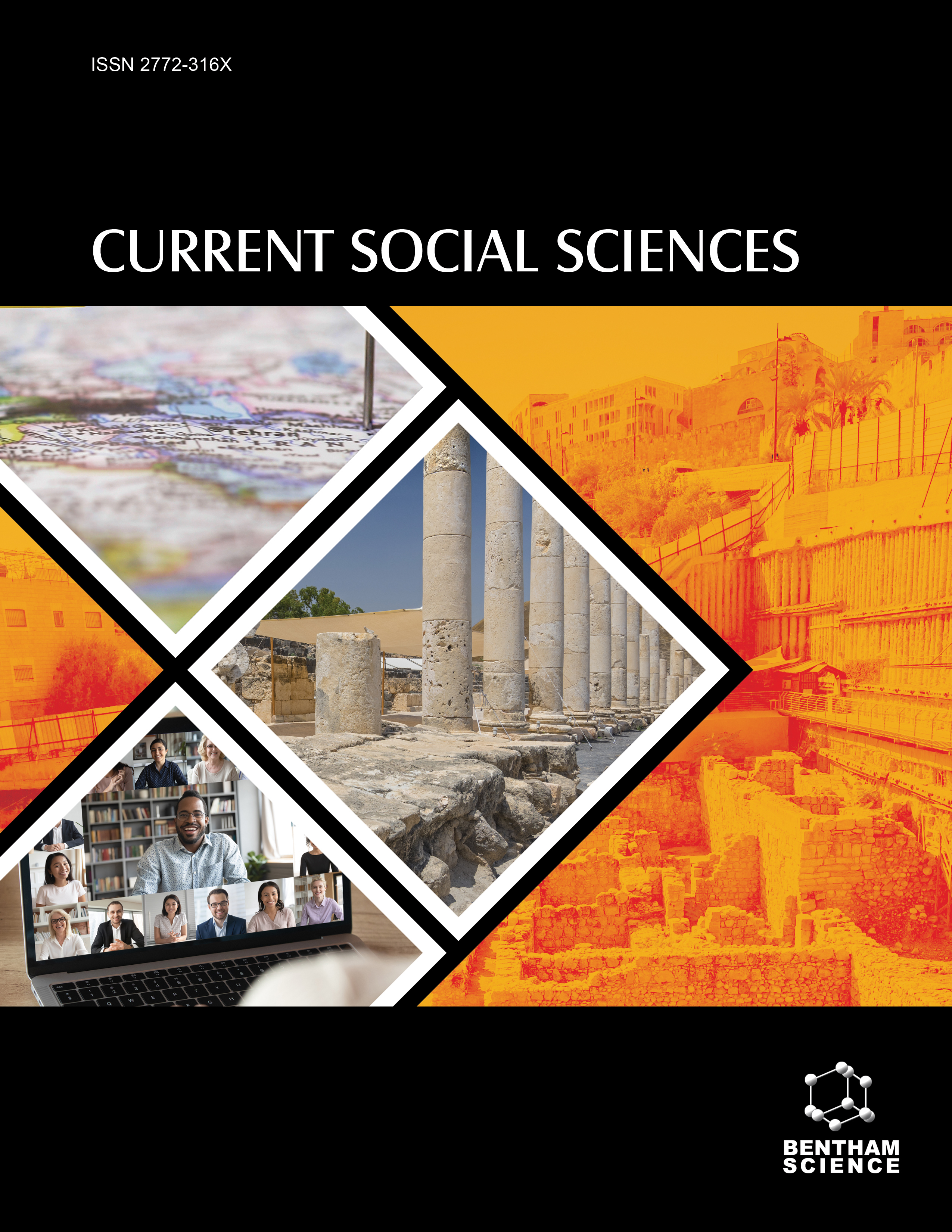
Full text loading...
We use cookies to track usage and preferences.I Understand

The goal of STEM education is to increase students' capacity to use their knowledge to make the world a better place by encouraging creativity and innovation. STEM education in higher education institutions (HEIs) in India is shaped by the National Education Policy (NEP) 2020, the demand for STEM graduates worldwide, and a number of other factors. This article provides practical recommendations for development while examining the state, prospects, trends, and difficulties of STEM education in India's Higher Education Institutions. This study evaluates data from secondary sources, such as articles, reports, and websites, using a mixed-methods methodology. The results show a noteworthy rise in diversity, STEM enrollment, curriculum development, creative pedagogy, research, and innovation. But issues like the demanding nature of STEM programs, prejudices, exorbitant expenses, and the divide between secondary and tertiary education continue to exist. Important suggestions consist of: Increasing Integration: Organize STEM courses according to academic levels and fields. Increasing Exposure: Give students more opportunities to learn about STEM professions and prepare for the workforce. Supporting Resources: Give instructors and students access to sufficient facilities and services. Encouraging Inclusion: Promote gender parity and diversity in STEM disciplines. Building Industry Links: For practical relevance, strengthen industry-academia ties. In conclusion, STEM education in India's higher education institutions has the ability to establish India as a global leader in STEM. It equips students with the opportunities and challenges of the twenty-first century by providing an all-encompassing, interdisciplinary, and creative learning experience.

Article metrics loading...

Full text loading...
References


Data & Media loading...